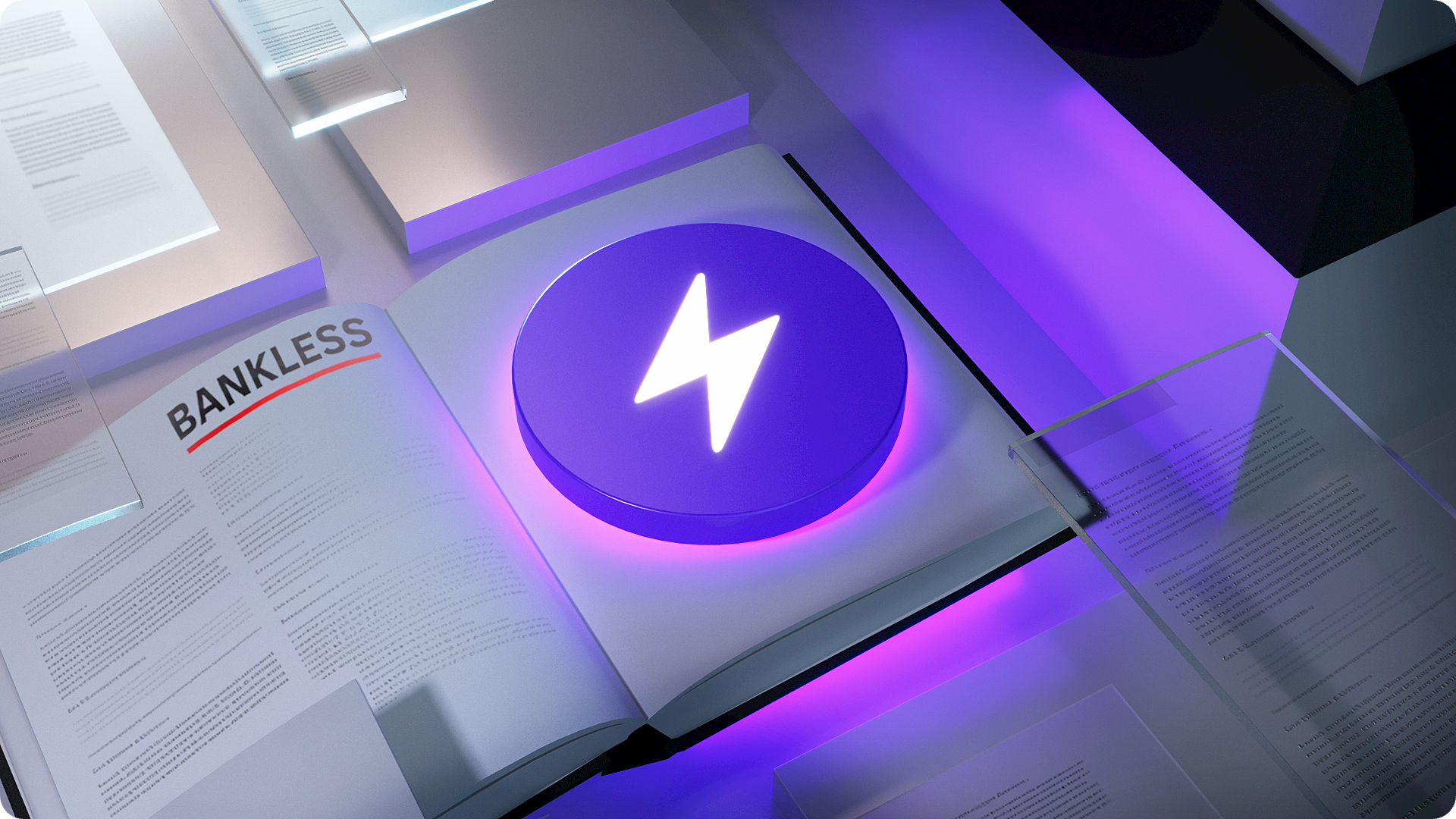The Bankless Guide to Lightning Network

The Lightning Network, first proposed in 2015 and launched in 2018, is a Layer 2 (L2) protocol built on top of Bitcoin. It aims to enable faster and cheaper payments by moving transactions off the Bitcoin mainnet.
Key takeaways
- The Lightning Network allows for quick, low-cost BTC transactions by using payment channels between users.
- These transactions are settled offchain and only recorded on the Bitcoin blockchain when channels are closed.
- The network forms a mesh of payment channels, enabling transactions even between users without direct channels.
- Today, there is more than $268 million worth of BTC deposited in the scaling solution.
What is the Lightning Network?
The Lightning Network is a protocol designed to address Bitcoin's scalability issues. It facilitates fast, inexpensive transactions by creating payment channels between users.
These channels operate offchain, meaning they handle transactions outside of Bitcoin and privately between the involved parties until the channel is closed, at which point the cumulative transaction data is recorded back on the Bitcoin blockchain.
How does the Lightning Network work?
- 🔢 Opening a channel: Two users set up a payment channel by creating an on-chain Bitcoin transaction that locks a specific amount of Bitcoin in a shared wallet. This transaction is akin to opening a bar tab.
- 🧮 Transacting offchain: Once the channel is open, the users can transact with each other as often as they like without each transaction being recorded on the Bitcoin blockchain. These transactions are quick and cost-effective since they bypass the need for miners to verify them individually.
- ❎ Closing the channel: When users decide to close the channel, a final onchain transaction records the net balance of all the offchain transactions that occurred. This is like settling the bar tab.
- 🌐 Routing payments: The network of these payment channels forms a mesh. Users can send payments through intermediaries who have channels with each other, allowing for transactions between users without direct channels.
Why Lightning Network?
The Lightning Network addresses Bitcoin's limitations regarding transaction speed and costs, making BTC more suitable for everyday transactions.
By enabling rapid and cheap transactions, the Lightning Network enhances Bitcoin's utility as a medium of exchange while also not affecting its security and decentralization.
However, each channel's capacity is limited by the amount of BTC locked in it, which can impact the maximum transaction sizes that are possible.
Top Lightning Network wallets
There is a range of Lightning Network wallets available for downloading, and each one offers unique features and experiences. Some of the most popular today are:
- Breez Wallet — “The Interface of the Lightning Economy”
- Electrum — “Improve your Bitcoin experience”
- Muun — “A self-custodial wallet for Bitcoin and Lightning”
- Strike — “The global money app for fast, safe payments and Bitcoin”
- Wallet of Satoshi — “The world’s simplest Lightning wallet”